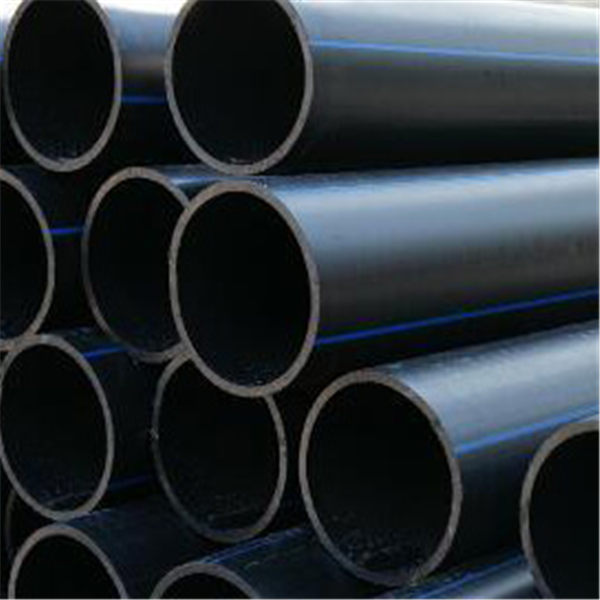Aug . 19, 2024 12:55 Back to list
Innovative Solutions for PPR Water Pipe Applications and Benefits
The Benefits and Challenges of PPR Water Pipes
In the realm of modern plumbing, PPR (Polypropylene Random Copolymer) water pipes have emerged as a popular choice for both residential and commercial installations. Known for their durability, flexibility, and resistance to corrosion, PPR pipes are increasingly replacing traditional materials like metal and PVC in various applications. In this article, we will explore the benefits of PPR water pipes as well as the challenges associated with their use.
Advantages of PPR Water Pipes
One of the primary benefits of PPR water pipes is their exceptional durability. Unlike metal pipes, which can rust and corrode over time, PPR pipes are resistant to these common issues. This longevity minimizes the need for frequent replacements, leading to long-term cost savings for property owners. Additionally, PPR pipes are capable of withstanding high temperatures, making them suitable for both hot and cold water supply systems.
Another significant advantage is the lightweight nature of PPR pipes. This characteristic simplifies transportation and installation, reducing labor costs and time during the construction phase. PPR pipes are also highly flexible, which allows them to be bent and shaped to fit various layouts without the need for additional joints, further streamlining the installation process.
PPR water pipes are also known for their excellent insulation properties. The material does not conduct heat, meaning that hot water in PPR pipes will retain its temperature longer compared to metal pipes. This efficiency not only conserves energy but also enhances user comfort. Moreover, the smooth inner surface of PPR pipes reduces the likelihood of scale buildup and blockages, ensuring a consistent flow of water.
Environmental Considerations
ppr water pipe

With increasing awareness of environmental issues, another advantage of PPR pipes is that they are recyclable. Unlike many other plastic materials, PPR can be processed and reused, contributing to sustainability efforts in the plumbing industry. Using PPR pipes can also reduce the overall carbon footprint of a construction project, as their long lifespan and lower energy consumption during installation contribute to a more sustainable approach to water management.
Challenges and Limitations
Despite their numerous advantages, PPR water pipes are not without challenges. One of the primary concerns is the material's sensitivity to ultraviolet (UV) radiation. While PPR pipes are suitable for indoor use, prolonged exposure to sunlight can degrade the material. Therefore, proper care and installation are crucial, especially in outdoor applications.
Additionally, while PPR is a robust material, it can be susceptible to damage from impact or heavy loads. This characteristic necessitates careful consideration during installation, particularly in areas with potential for physical stress. Proper support and protection should be provided to ensure the longevity of the pipes.
Moreover, the installation of PPR pipes requires specific tools and techniques. While this can lead to specialized training and a slight increase in upfront installation costs, the long-term benefits typically outweigh these initial investments.
Conclusion
In summary, PPR water pipes offer an array of benefits, including durability, flexibility, and excellent thermal insulation. They are an environmentally friendly choice that can contribute to sustainable plumbing practices. However, potential users should also be aware of the challenges associated with UV sensitivity and installation requirements. With the right care and consideration, PPR pipes can be a highly effective and reliable option for modern water supply systems, providing a blend of efficiency and longevity that meets the demands of today's plumbing needs.
-
HDPE Pipe Fittings: Durable, Leak-Proof Solutions
NewsAug.16,2025
-
Premium CPVC Sheet: High-Temp & Chemical Resistant Solutions
NewsAug.15,2025
-
Durable PPR Pipe for Hot & Cold Water Systems - Easy Install
NewsAug.14,2025
-
Durable HDPE Sheet | Versatile & Impact-Resistant Plastic
NewsAug.13,2025
-
Premium PVC Soft Sheets: Clear, Flexible & Durable
NewsAug.12,2025
-
Premium PVC Round Rods: Durable, Chemical Resistant, Easy to Machine
NewsAug.11,2025

